Embark on a journey to the heart of the Peruvian Andes and discover the awe-inspiring wonder of Machu Picchu. With our ultimate Machu Picchu tour, you’ll explore the ruins of an ancient Incan city, wander through lush mountain landscapes, and experience the rich culture of Peru.
Experience the enchanting allure of Machu Picchu and immerse yourself in the history and traditions of the Incas. Our expertly crafted tour offers a unique perspective of this breathtaking destination- from navigating the iconic Inca Trail to exploring the vibrant towns of Cusco and Aguas Calientes.
Whether you’re a history buff, nature lover, or adventurer seeker, a Peru Machu Picchu holiday is the ultimate experience. Let us guide you through the wonders of this captivating destination and create memories that will last a lifetime.
Key Takeaways
- Explore the stunning Incan ruins of Machu Picchu on our ultimate Machu Picchu tour
- Discover the unique cultural experience of the gateway towns of Cusco and Aguas Calientes
- Navigate the iconic Inca Trail and uncover hidden gems along the way
- Immerse yourself in the rich history and traditions of the Incas
- Create unforgettable memories on a once-in-a-lifetime Peru Machu Picchu holiday
Why Visit Machu Picchu?
Machu Picchu is a destination like no other. Its historical significance and remarkable preservation make it one of the world’s most awe-inspiring sites. The ancient citadel of Machu Picchu dates back to the 15th century and was built by the Inca civilization high in the Andes Mountains of Peru. The site is believed to have been abandoned just over 100 years later during the Spanish Conquest, only to be rediscovered in 1911 by American explorer Hiram Bingham.
The mystery and allure of Machu Picchu continue to attract visitors from all around the world. Its unique location, perched high on a mountain ridge, offers breathtaking panoramic views of the surrounding Andean peaks and valleys. This awe-inspiring sight is enough to make anyone feel insignificant against the vastness of nature.
But what really sets Machu Picchu apart is its remarkable preservation, which has allowed visitors to glimpse what life was like for the Inca civilization over 500 years ago. The site’s architectural wonders, intricate stonework, and remarkable engineering feats are still a marvel to behold today.
“Machu Picchu is a place of great historic importance and fascinating mystery. It’s a must-visit destination for anyone interested in history, architecture, or just experiencing the sheer scale and wonder of what humans are capable of.”
If you’re wondering why you should visit Machu Picchu, the answer is simple: it’s a once-in-a-lifetime experience. There’s no other place on earth quite like it. Whether you’re interested in exploring the site’s rich history, marveling at its architectural wonders, or simply soaking up the stunning natural surroundings, Machu Picchu has something for everyone.
So, pack your bags, grab your hiking boots, and get ready to experience the wonder of Machu Picchu for yourself.
Discovering the Lost City of the Incas
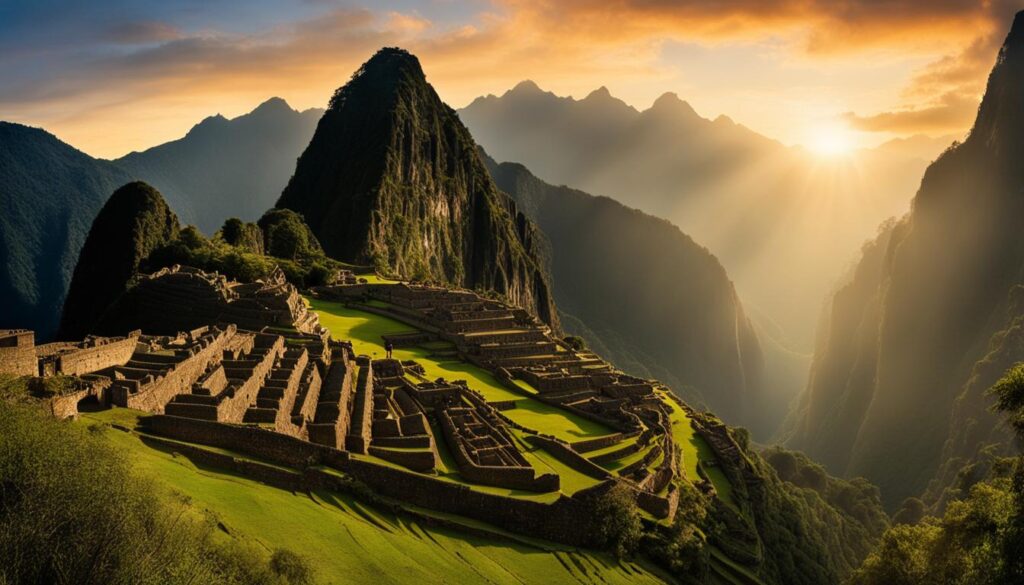
If you’re looking for a once-in-a-lifetime adventure, look no further than Machu Picchu. This mystical Incan site, nestled in the Andes Mountains, is a true masterpiece of ancient architecture and a testament to the ingenuity of the Incan people.
At Machu Picchu, visitors can discover a wealth of unique archaeological and natural attractions. From the majestic Temple of the Sun to the awe-inspiring terraced fields, the site is full of incredible sights that will leave you breathless.
One of the most striking features of Machu Picchu is its location. Built on a mountain ridge at an altitude of 2,430 meters (7,970 feet), the site offers stunning views of the surrounding valley and peaks. The site’s natural beauty is only heightened by the immaculate craftsmanship of the Incas, who carved intricate stonework to create this remarkable place.
But the appeal of Machu Picchu goes beyond its beautiful surroundings. The site is shrouded in mystery and intrigue, with many unanswered questions surrounding its purpose and history. Visitors can explore the Temple of the Condor, a monument that may have been used for sacrificial ceremonies, or ponder the purpose of the enigmatic Intihuatana stone, thought to have served as a sundial or astrological instrument.
“Machu Picchu is a place that truly captures the imagination. It’s a reminder of the incredible achievements of the Incan people and a testament to the enduring power of human creativity and ingenuity.”
For those seeking a deeper connection with the site, Machu Picchu offers a range of hiking trails that allow visitors to explore the surrounding mountains and valleys, discovering more of the area’s natural beauty and history.
Overall, Machu Picchu is a destination that simply cannot be missed. From the incredible archaeological wonders to the stunning natural landscapes, it is a place that will leave you feeling inspired and awed. So why wait? Discover the Lost City of the Incas today.
The Best Time to Visit Machu Picchu
The best time to visit Machu Picchu is from May to September, which is the dry season in the region. During this time, there is less chance of rain, making it easier to explore the site and surrounding areas. However, this is also peak tourist season, so be prepared for larger crowds.
If you prefer to avoid the crowds, consider visiting in the shoulder seasons of April or October. While there may be some rainfall during these months, the weather is still generally pleasant, and you’ll have a better chance of enjoying the site without the crowds.
Planning Your Machu Picchu Tour
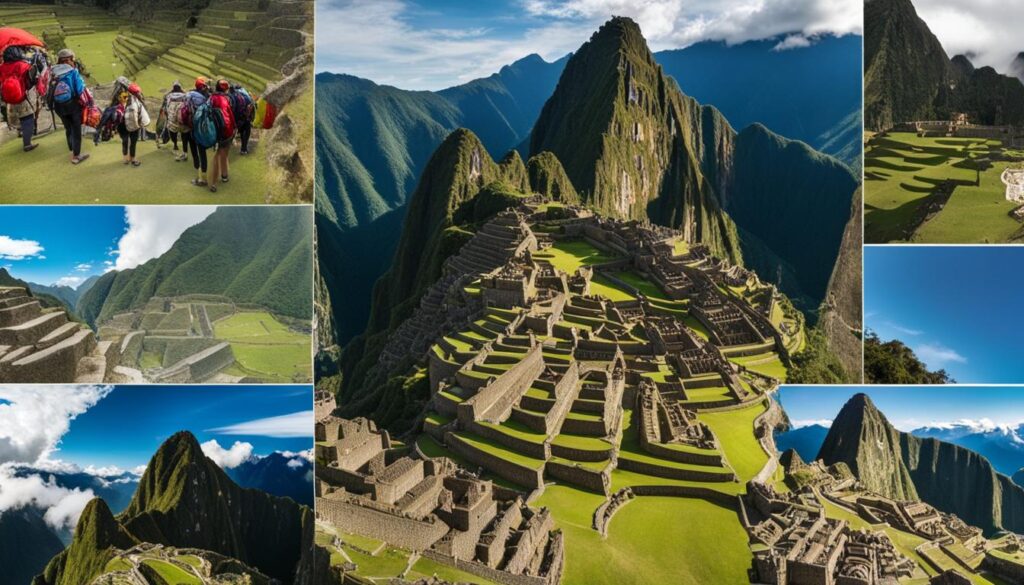
Planning a trip to Machu Picchu can be an exciting yet daunting task. With so many options available, it can be challenging to decide which tour to choose or how to even begin planning your visit. In this section, we provide valuable tips for a stress-free planning process.
Advantages and Considerations of Tailor-Made Machu Picchu Trips
Tailor-made Machu Picchu trips offer a personalized experience with a dedicated guide to accompany you on the tour. This allows for more flexibility in terms of timing and itinerary customization. However, these tours tend to be more expensive than group tours and require more planning in terms of logistics.
Choosing Between Small Group Tours or Independent Travel
Small group tours offer a cost-effective and sociable way to explore Machu Picchu. They provide transportation, accommodation, and an experienced guide, making the planning process more straightforward. Independent travel, on the other hand, offers the ultimate freedom to explore at your own pace and is generally less expensive. However, it requires extensive planning and research to ensure a smooth trip.
What to Consider When Booking Machu Picchu Holidays
When booking a Machu Picchu holiday, be sure to consider the following factors:
- Time of year: ensure you visit during a time with suitable weather conditions and avoid peak tourist season to minimize crowds
- Length of trip: allow enough time to fully explore Machu Picchu and its surrounding areas
- Budget: factor in all expenses, including transportation, accommodation, and activities
- Travel preferences: consider your preferred mode of transportation and level of physical activity when planning your trip
Tip: Be sure to book your Machu Picchu tour well in advance to secure your preferred dates and activities, especially if you plan on visiting during peak season.
Planning a Machu Picchu tour can be a complex process, but with careful consideration of the above factors, you can create an unforgettable experience.
Optimal Time to Visit Machu Picchu: Weather and Tourist Flow
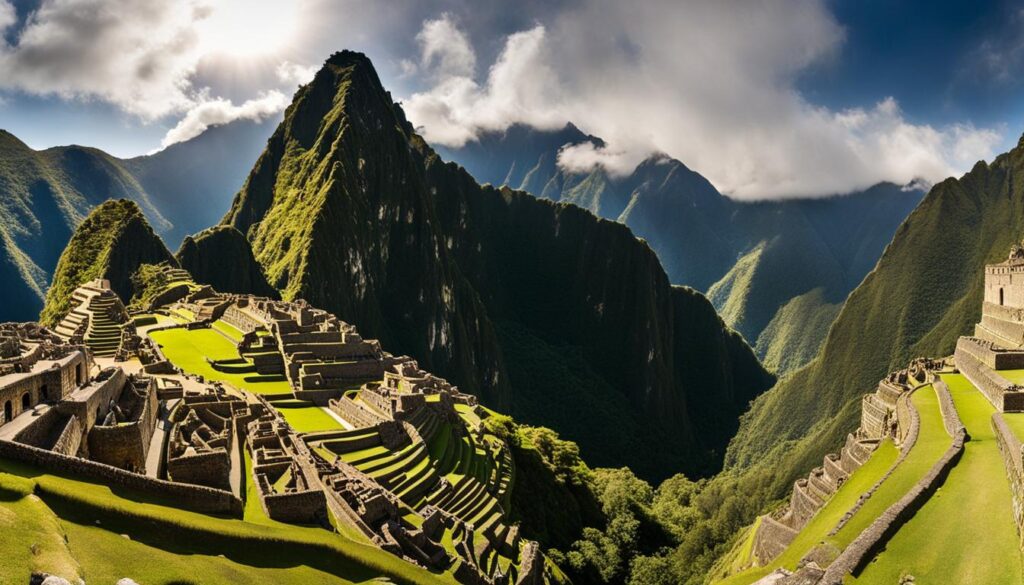
When planning a trip to Machu Picchu, it’s important to consider the optimal time to visit based on both weather conditions and tourist flow. The peak tourist season for Machu Picchu is from June to August, which coincides with the driest months in the region. However, this also means larger crowds and higher prices.
The shoulder seasons of April to May and September to November offer a great balance between decent weather and fewer tourists. During these months, you can expect milder temperatures and fewer chances of rain, making it an ideal time for trekking and exploring the site.
December to March is the rainy season in the Andes, with frequent showers and occasional flooding. While this may not be the most optimal time to visit, it is still possible to enjoy the site if you come prepared for the rain. You may also experience fewer crowds during these months, which can be a plus if you prefer a more tranquil visit.
It’s also worth noting that the Peruvian government has implemented various measures to limit the number of visitors to Machu Picchu and protect the site. All visitors must now enter the site with a licensed guide and can only stay for a maximum of four hours. These measures help to regulate tourist flow and ensure a more sustainable visit for future generations.
Weather Conditions
The weather conditions at Machu Picchu can vary greatly depending on the season. In general, the region experiences two main seasons: the dry season (May to October) and the wet season (November to April).
During the dry season, temperatures can range from 20-25°C during the day and drop to 5-10°C at night. The skies are typically clear, making it an excellent time for photography and enjoying the breathtaking views of the surrounding Andes mountains.
During the wet season, temperatures can still be mild, ranging from 18-20°C during the day and 10-12°C at night. However, the region experiences frequent rain showers and occasional thunderstorms, which can make hiking and exploring the site more challenging.
Tourist Flow
The number of tourists visiting Machu Picchu has increased significantly in recent years, leading to concerns about sustainability and over-tourism. To address these issues, the Peruvian government has implemented various measures to regulate tourist flow and protect the site.
Under the new regulations, visitors must enter the site with a licensed guide and can only stay for a maximum of four hours. There are also limits on the number of visitors allowed per day, with a cap of 2,500 visitors per day during peak season and 1,800 visitors per day during the shoulder season.
If you want to avoid the crowds, it’s best to visit Machu Picchu during the shoulder season or early in the morning before the main influx of tourists arrives. It’s also a good idea to book your tickets and accommodations well in advance, as these can sell out quickly during peak season.
Did you know? Machu Picchu was voted one of the New Seven Wonders of the World in 2007, making it a popular destination for tourists around the globe.
Machu Picchu Tour Itinerary and Must-Visit Spots
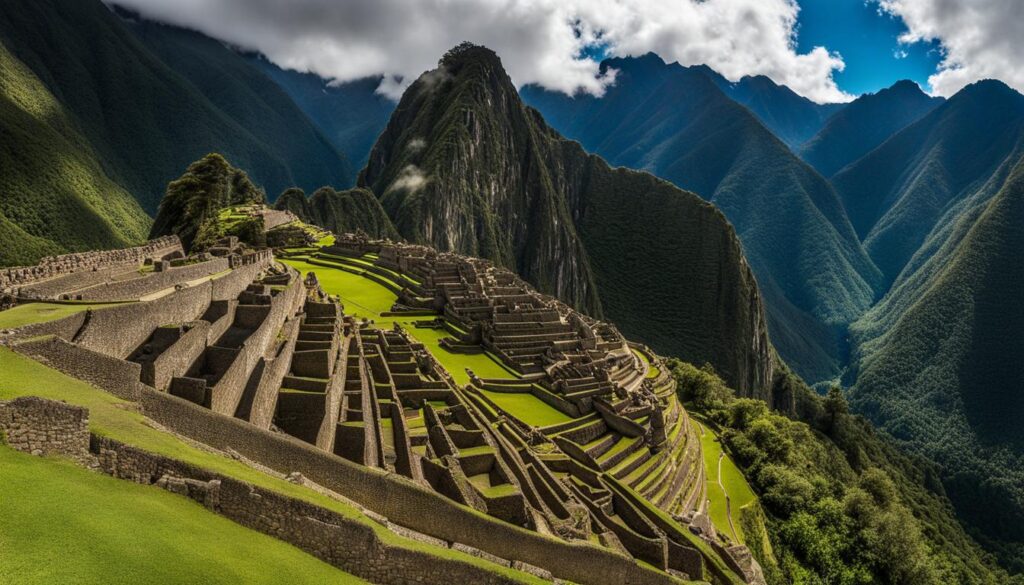
Embark on a journey through time with our Machu Picchu tour itinerary that takes you through the most incredible sights of this ancient wonder. With a tailor-made trip, you’ll have the flexibility to explore at your own pace and uncover hidden secrets along the way.
The First Day: Arrival and Acclimatization
Before you can dive into the wonders of Machu Picchu, you first need to acclimatize to the high altitude. We recommend arriving in Cusco a few days before your tour to adjust to the environment and soak in the vibrant culture of this city. Take a stroll through the historic center and marvel at the colonial architecture and ancient Incan ruins.
The Second Day: Sacred Valley and Aguas Calientes
On the second day, we’ll take you through the breathtaking Sacred Valley, where you’ll witness stunning landscapes and traditional villages. Along the way, you’ll visit the Pisac market, where you can browse a wide variety of handicrafts made by local artisans. Then, we’ll take a scenic train ride to Aguas Calientes, the gateway to Machu Picchu.
The Third Day: Exploring Machu Picchu
Finally, the day you’ve been waiting for! Early in the morning, we’ll take a bus up to Machu Picchu and experience the wonder of this incredible citadel. Our knowledgeable guide will take you through the history and significance of the site, showcasing the incredible temples, palaces, and terraces that make Machu Picchu an architectural marvel.
The Fourth Day: Optional Hike to Huayna Picchu
For the adventurous traveler, we offer an optional hike to Huayna Picchu, the peak that towers above Machu Picchu. This exhilarating climb offers stunning views of the citadel and the surrounding Andes Mountains. Alternatively, you can explore the lesser-known trails around Machu Picchu and discover hidden gems tucked away in the mountains.
The Fifth Day: Departure
On the final day, we’ll take you back to Cusco, where you can catch your flight back home or continue your exploration of Peru. This unforgettable journey through Machu Picchu will leave you with memories to last a lifetime.
Don’t miss out on the must-visit spots of Machu Picchu, including the Sun Gate, Temple of the Sun, and the iconic Intihuatana Stone. With our tour itinerary, you can experience all of these wonders and more.
The Journey to Machu Picchu
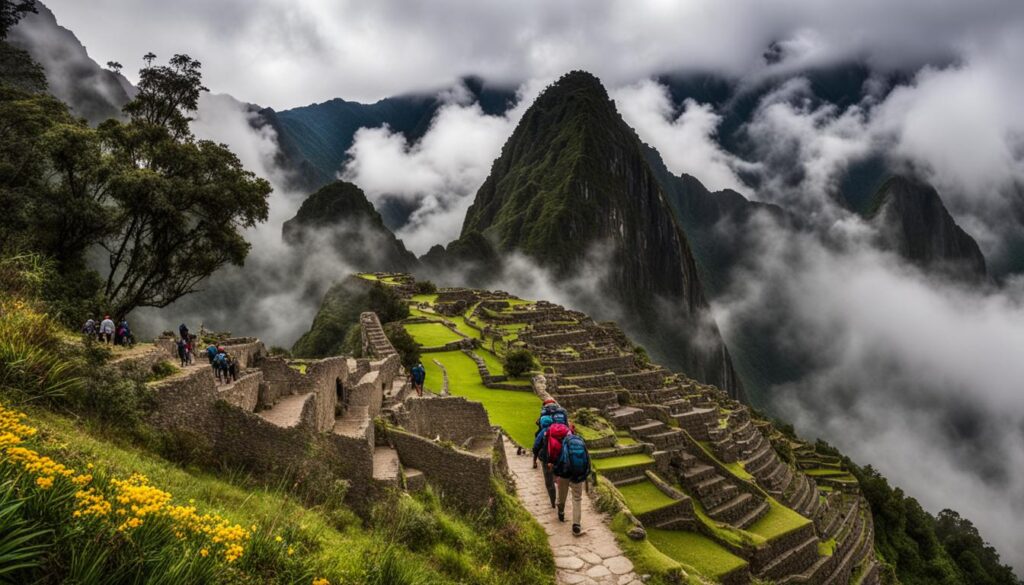
If you’re planning a trip to Machu Picchu, one of the first things to consider is how to get there. There are several options, each offering a different experience.
Trekking the Inca Trail to Machu Picchu
One of the most popular ways to reach Machu Picchu is by trekking the iconic Inca Trail. This four-day hike covers approximately 26 miles and offers breathtaking views of the Andes Mountains and the surrounding landscape. Along the way, you’ll pass through ancient Incan ruins and experience the unique culture of the Andean people.
Keep in mind that the Inca Trail is a challenging trek that requires a good level of fitness. If you’re up for the challenge, however, it’s an unforgettable way to experience Machu Picchu.
Taking the Train: Machu Picchu by Train Travel Guide
If you’re looking for a more comfortable way to reach Machu Picchu, taking the train is a great option. The train runs from the town of Cusco to the small village of Aguas Calientes, which is located at the base of Machu Picchu.
There are two types of trains that run to Aguas Calientes: the Expedition and the Vistadome. The Expedition is a more affordable option and features large windows that allow you to take in the stunning scenery. The Vistadome offers larger windows, more comfortable seating, and a snack service.
Machu Picchu Along the Sacred Valley
The Sacred Valley is a region of Peru that is steeped in history and culture. If you have the time, exploring the Sacred Valley is a great way to experience the region that surrounds Machu Picchu.
You can take a guided tour of the Sacred Valley, which includes stops at the ancient ruins of Pisac and Ollantaytambo. Alternatively, you can hire a car and explore the area at your own pace.
Planning Your Journey
When planning your journey to Machu Picchu, it’s important to consider your travel preferences, budget, and time constraints. If you’re short on time, taking the train or hiring a car to explore the Sacred Valley is a good option. If you’re up for a challenge and want to experience the Andean landscape, consider trekking the Inca Trail.
Regardless of how you choose to get to Machu Picchu, the journey is sure to be an unforgettable part of your experience in Peru.
Experiencing High Altitude Trek and How to Prepare for It
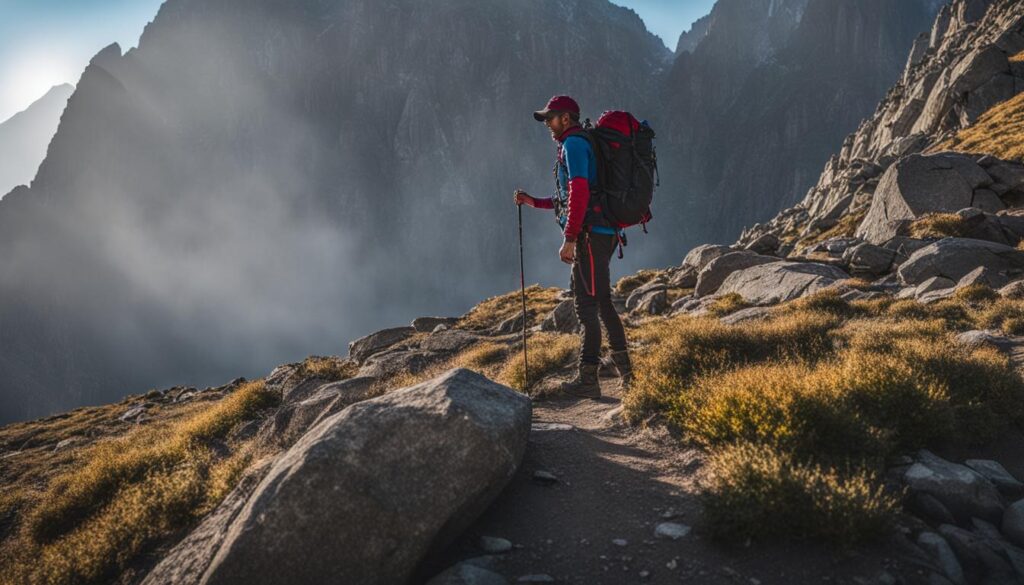
If you’re planning a trip to Peru and the iconic Machu Picchu, it’s important to prepare for the high altitude trek that comes with it. With elevations reaching over 4,000 meters above sea level, the Andean region can be a challenge for even the most seasoned travelers.
One of the best ways to prepare for high altitude trekking is to spend a few days acclimatising in the city of Cusco, where the elevation is over 3,400 meters. This will give your body time to adjust to the altitude before embarking on the trek to Machu Picchu.
It’s also important to stay well-hydrated throughout your trip, as dehydration can exacerbate altitude sickness. Drink plenty of water and avoid alcohol and caffeine, which can dehydrate you even further.
Packing the right gear is essential for any high altitude trek. Be sure to bring warm clothing, including a waterproof jacket and layers that can be easily removed. You’ll also need comfortable, sturdy hiking boots and a good quality backpack.
When planning your trip, it’s important to choose a reputable tour operator that prioritises the safety and wellbeing of its travelers. Look for a company that provides experienced guides, who are trained in altitude sickness and know how to recognise and manage its symptoms.
It’s also a good idea to learn some basic Spanish phrases, as many locals in the Andean region speak very little English. This will not only help you communicate with locals but can also come in handy in case of any medical emergencies.
By taking these steps to prepare for high altitude trekking, you can ensure a safe and enjoyable trip to Peru and Machu Picchu.
Must-Know Tips for Peru and Machu Picchu Travellers: Spend a few days acclimatising, drink plenty of water, pack the right gear, choose a reputable tour operator, and learn some basic Spanish phrases.
Understanding Machu Picchu and Its History
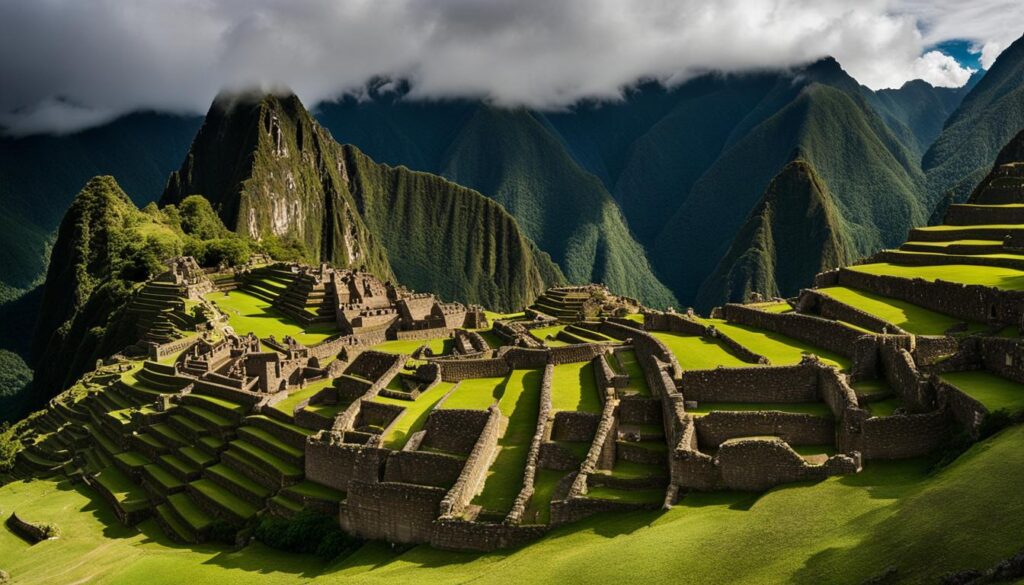
The allure of Machu Picchu lies in its mystery and the history behind this ancient Incan site. Built in the 15th century, it was abandoned during the Spanish conquest and lay hidden for centuries, remaining relatively unknown until the early 20th century.
Why was Machu Picchu built?
The exact purpose of Machu Picchu still remains a mystery, with many theories surrounding its construction. Some believe it was a royal estate for Inca Emperor Pachacuti, while others suggest it was a religious site. There are even those who believe it was a military base or a retreat for Incan leaders.
Regardless of its purpose, the site’s location was likely chosen for its strategic position and natural beauty. The Incas were known for their impressive engineering skills, and Machu Picchu is a testament to their mastery of stone-cutting and construction. The site is situated between two mountains, offering commanding views of the surrounding landscape and a natural defense against potential threats.
Delving into Inca’s History
Understanding the history of the Incas is key to appreciating the significance of Machu Picchu. The Inca Empire was at its peak when the Spanish conquistadors arrived in South America, stretching from modern-day Colombia down to Chile. The Incas were skilled farmers, architects, and military strategists, known for their impressive stone structures and complex road systems.
Despite their many accomplishments, the Incas were ultimately defeated by the Spanish, who brought diseases to which the Incas had no immunity. Many Inca cities were destroyed, and their culture was largely eradicated. Machu Picchu, however, remained hidden and largely untouched by the Spanish conquest.
Today, Machu Picchu stands as a testament to the ingenuity and skill of the Incas. Its intricate stonework, impressive engineering, and stunning natural setting make it a must-visit destination for anyone interested in history, architecture, or the mysteries of the ancient world.
“Machu Picchu is a window into the past, offering a glimpse into a civilization that was lost to time. Its ruins are a testament to the ingenuity and skill of the Inca people, and they continue to captivate and mystify visitors to this day.”
The Citadel of Machu Picchu: A Close Look at Inca Architecture
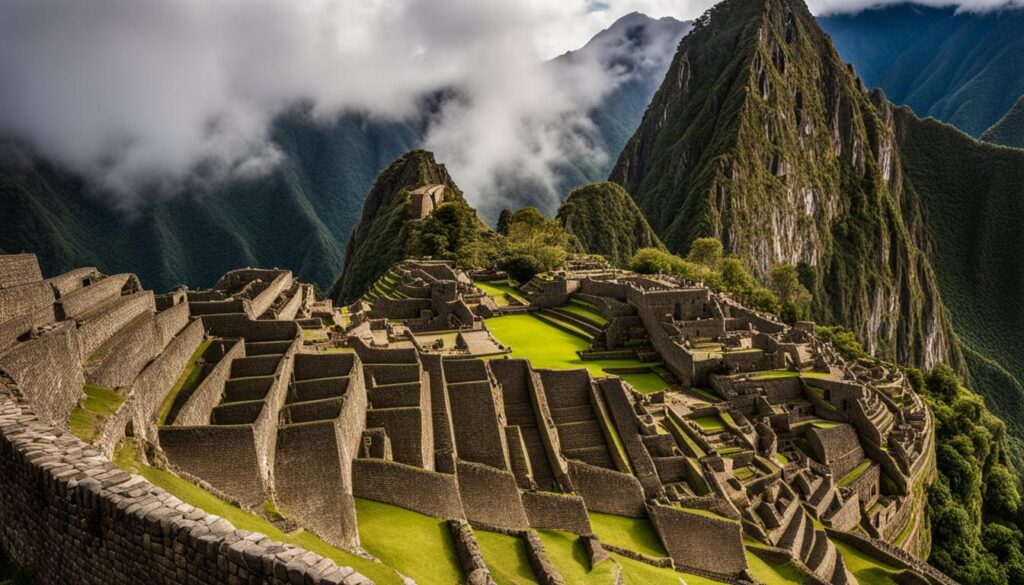
As you wander through the citadel of Machu Picchu, you’ll be struck by the extraordinary skill and craftsmanship of the Incan architects who designed this magnificent site. From the complex stonework to the intricate carvings, every detail of this ancient wonder tells a story of the Inca’s intricate and sophisticated culture.
The citadel’s design is a testament to the Inca’s knowledge of astronomy, agriculture, and engineering. The stone walls were cut with precision and fitted together with such accuracy that even a credit card cannot fit through the seams. The architects used a technique called ashlar, where the stones are carved so perfectly that they lock together without any need for mortar or cement.
The citadel is divided into two main areas: the urban sector and the agricultural sector. The urban sector includes the Temple of the Sun, the Intihuatana, and the Royal Tomb, and was likely used for religious, political, and ceremonial purposes. The agricultural sector includes the Terraces, the Fountains, and the Water Mirrors, which were used to grow crops and irrigate the land.
One of the most impressive structures in the urban sector is the Temple of the Sun. The temple was built in a semicircular shape, with massive 2.5-metre tall stones that were expertly pieced together. The temple is aligned with the sun, and during the winter solstice, the sun shines through a small window and illuminates the central altar.
“The citadel’s design is a testament to the Inca’s knowledge of astronomy, agriculture, and engineering.”
The Intihuatana, or “hitching post of the sun,” is another notable structure in the urban sector. This stone pillar was used as an astronomical clock and was carefully positioned to align with the sun’s movements during the solstices and equinoxes.
The agricultural sector is equally impressive, with the Terraces being a prime example of the Inca’s agricultural expertise. The terraces were built using a technique called andenes, where the steep mountain slopes were transformed into flat platforms for crop cultivation. The Inca’s sophisticated irrigation system ensured that the crops received enough water to thrive.
The citadel of Machu Picchu is a true wonder, and the Inca’s architectural feats continue to amaze visitors from all over the world. It’s truly a testament to the ingenuity, skill, and creativity of this ancient civilization.
Hiram Bingham: The Rediscovery of Machu Picchu
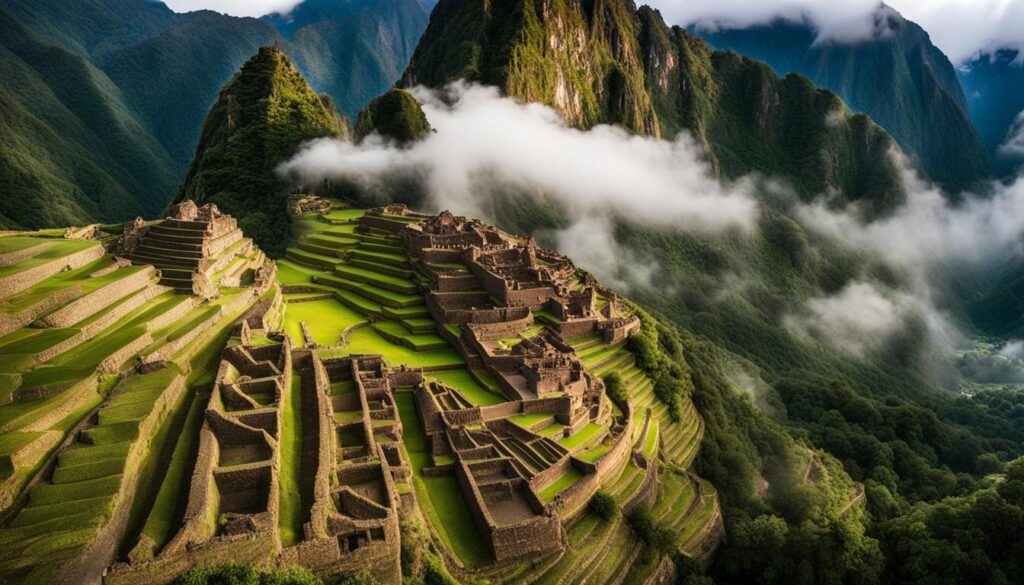
Machu Picchu remained hidden from the world for centuries until the American explorer, Hiram Bingham, rediscovered it in 1911. Initially, Bingham mistook the site for Vilcabamba, the last Inca stronghold against Spanish conquest. However, his persistence eventually led him to the lost city of the Incas.
Bingham’s interest in Machu Picchu began when he was studying at Harvard University. Later, as a lecturer in South American history, he became fascinated with the idea of the lost city of the Incas. In 1911, with funding from Yale University, Bingham arrived in Peru to search for the city.
He explored the region for months, following a trail of clues and questioning locals. Finally, he discovered Machu Picchu with the help of a local boy. The site was overgrown and in poor condition, but Bingham recognized its significance immediately.
“It fairly took my breath away… it was grander than anything I had ever seen before!”
Bingham’s discovery gained significant attention worldwide and put Machu Picchu on the map. The site became a UNESCO World Heritage site in 1983, and today, it remains one of the world’s most popular tourist destinations.
Machu Picchu Tours: Experiencing the Mysteries of the Ancient Inca
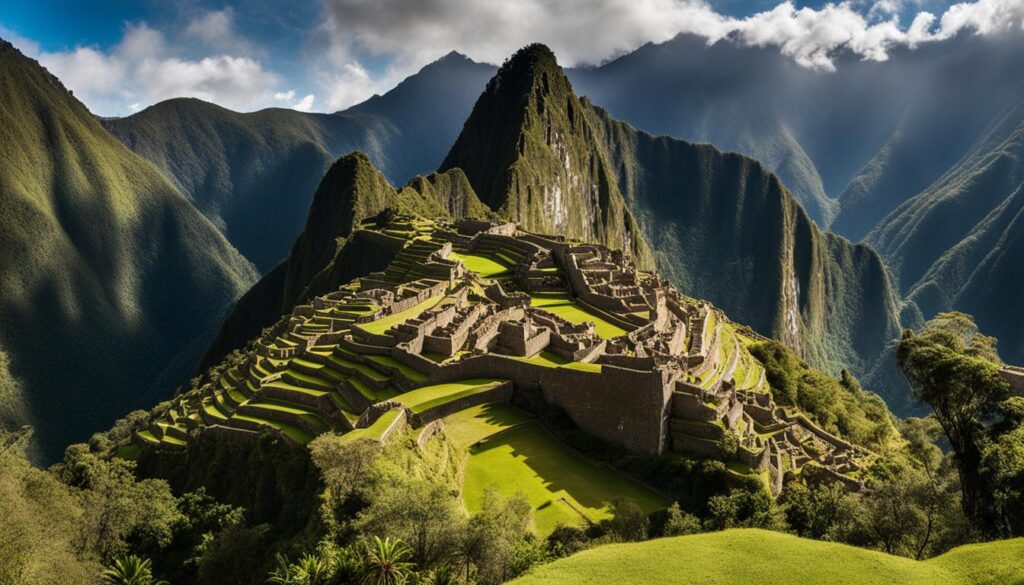
If you’re looking for a truly unforgettable adventure, a Machu Picchu tour should be at the top of your list. This ancient Inca citadel nestled high in the Andes Mountains is a marvel of human engineering, offering visitors a glimpse into a fascinating and mysterious history.
Whether you choose to trek the Inca Trail, take the train, or follow other routes to reach Machu Picchu, the journey will undoubtedly be an experience of a lifetime. However, it’s the destination that truly sets this trip apart.
As you make your way through the citadel, you’ll discover awe-inspiring temples, palaces, and terraces, all meticulously crafted by the Incas over 500 years ago. The intricate stonework and remarkable architecture will leave you in awe and inspire a deep appreciation for the craftsmanship and ingenuity of this ancient civilization.
But it’s not just the physical structures that make Machu Picchu such a legendary destination. The site also holds many mysteries that continue to intrigue visitors from around the world. From the purpose of the citadel to the lifestyle and beliefs of the Incas who built it, there’s always something new to discover and uncover.
Joining a guided tour can help you get the most out of your Machu Picchu experience. With the help of an expert guide, you can learn about the site’s history, culture, and significance, gaining a deeper understanding of this extraordinary place.
So whether you’re a history buff, adventurer, or simply seeking an unforgettable experience, a Machu Picchu tour is guaranteed to deliver. Get ready to uncover the mysteries of the ancient Inca and embark on a journey you’ll never forget.
Exploring More of What Peru Has to Offer
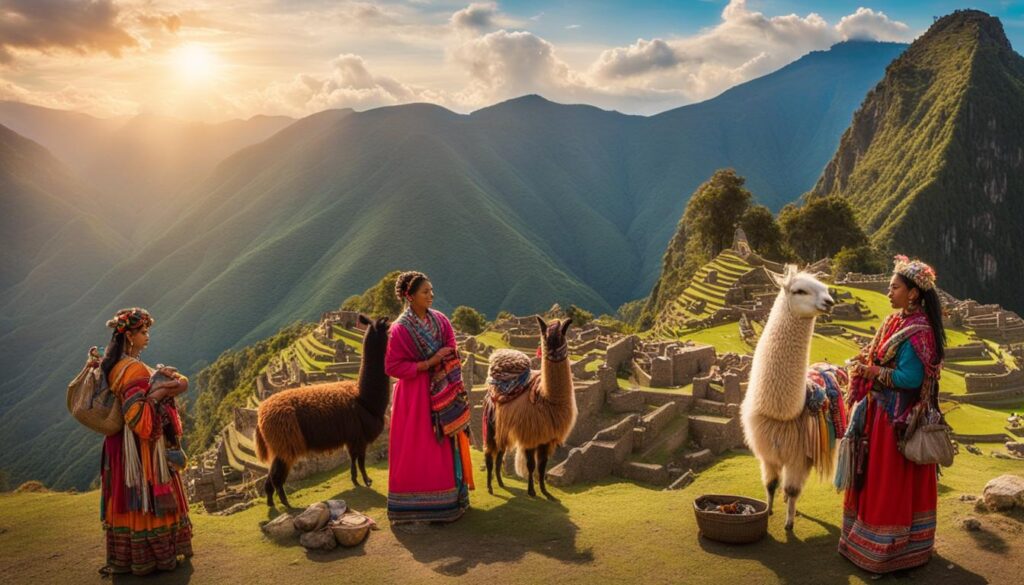
There’s more to Peru than just Machu Picchu. This South American country boasts a diverse range of wonders, from stunning natural landscapes to vibrant cities and fascinating historical sites. With so much to explore, a Peru holiday can be an adventure of a lifetime.
1. Lima: The City of Kings
Peru’s capital city, Lima, is a bustling metropolis that blends modernity with history. Explore the colonial-era architecture and the vibrant food scene that has earned Lima the title of “Gastronomic Capital of the Americas.”
2. The Nazca Lines
The Nazca Lines are a series of ancient geoglyphs etched into the desert sands of southern Peru. These mysterious figures, including animals and geometric shapes, can only be fully appreciated from the air. Take a flight over the lines for a truly unforgettable experience.
3. The Amazon Rainforest
Peru is home to a vast portion of the Amazon rainforest, offering visitors the chance to explore the world’s most biodiverse ecosystem. Experience the unique flora and fauna on a jungle trek, canoeing down the rivers, or visiting indigenous communities.
4. Lake Titicaca
Shared with neighbouring Bolivia, Lake Titicaca is the highest navigable lake in the world. Explore the traditional Quechua and Aymara cultures in the surrounding villages and visit the floating Uros islands made from reeds.
5. Colca Canyon
The Colca Canyon is one of the deepest canyons in the world, offering stunning views of the Andean landscape. It is also home to the majestic Andean condor, which can be spotted soaring through the canyon’s skies.
These are just a few examples of the many wonders that Peru has to offer. Whether you’re interested in history, nature, or culture, a trip to Peru is sure to be an unforgettable experience beyond Machu Picchu.
The Cultural Experience in Cusco and Aguas Calientes
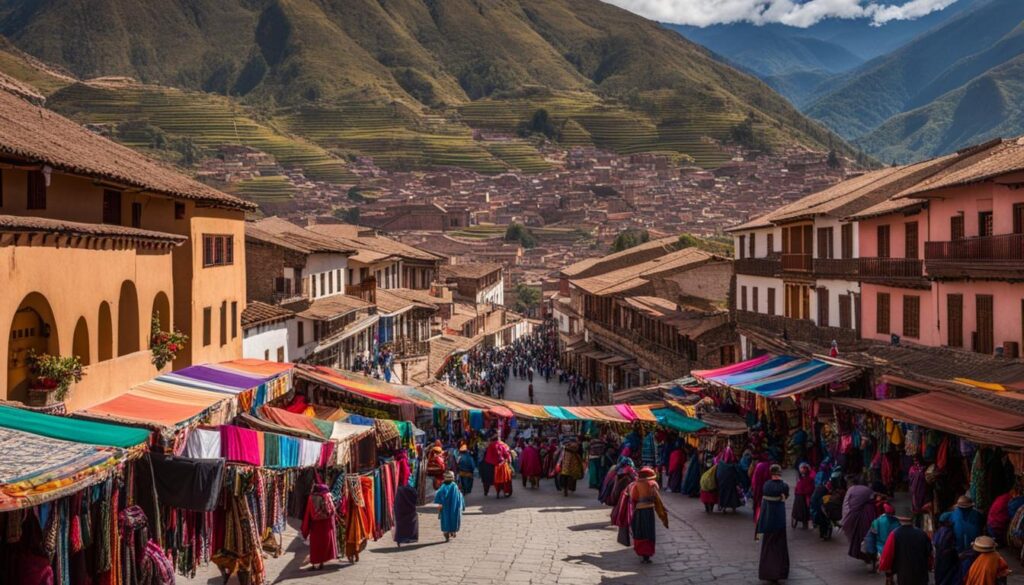
Embark on a journey through time and immerse yourself in the local culture of the gateway towns to Machu Picchu. Cusco and Aguas Calientes offer unique and vibrant experiences that are sure to enchant any traveler.
Discover the Rich History of Cusco
Cusco, the former capital of the Inca Empire, boasts a rich cultural heritage that is evident in its architecture, traditions, and cuisine. Take a stroll through the cobbled streets of the city and marvel at the impressive Inca stone walls that still stand today. Visit the grand Cathedral of Cusco, which was built in the 16th century on the site of an Incan palace. Witness the blend of colonial and indigenous influences that make Cusco a truly unique destination.
Indulge in the Local Cuisine
Cusco is renowned for its diverse and delicious cuisine. Sample the local delicacies such as Cuy, a traditional dish made from roasted guinea pig, or Alpaca steak, a tender and flavorful meat that is a specialty of the region. Wash it down with a refreshing Inca Kola, a popular soda that is a cultural icon in Peru.
Experience the Charm of Aguas Calientes
Aguas Calientes, also known as Machu Picchu Pueblo, is the bustling town at the entrance to Machu Picchu. Despite its popularity as a tourist destination, Aguas Calientes has managed to retain its small-town charm. Stroll through the colorful streets and explore the local markets that offer handmade textiles, jewelry, and souvenirs.
Relax in the Hot Springs
Aguas Calientes is well-known for its hot springs that are fed by the nearby thermal waters. Take a break from the hustle and bustle of travel and soak in the rejuvenating waters that are rich in minerals and believed to have therapeutic properties.
“Aguas Calientes is a charming town that serves as a gateway to Machu Picchu. Despite its small size, it offers plenty of things to see and do. The hot springs are a must-visit for any traveler looking to relax and unwind.”
Whether you want to explore the rich history of Cusco, indulge in the local cuisine, experience the charm of Aguas Calientes, or relax in the hot springs, the cultural experience of these gateway towns is not to be missed.
Alternative Treks: More Hikes in the Andes
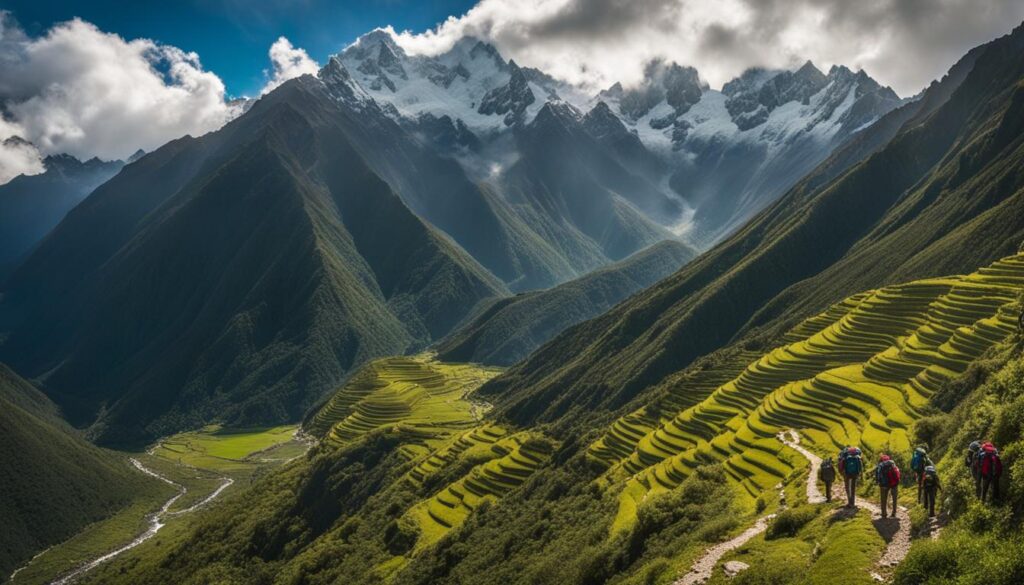
If you’re looking for more adventure beyond the classic Inca Trail, the Andes offer plenty of alternative treks that are just as awe-inspiring. Here are a few options to consider:
1. Salkantay Trek
The Salkantay Trek is a challenging 5-day trek that takes you through stunning landscapes and diverse terrain. With peaks reaching over 6,000 metres, this hike offers breathtaking views of the Andes and the chance to experience remote Andean villages and hot springs along the way.
2. Choquequirao Trek
The Choquequirao Trek is a lesser-known trek that takes you to the Choquequirao ruins, believed to have been built by the Incas in the 15th century. The 8-day trek is challenging but rewarding, with plenty of opportunities to take in the stunning scenery and learn about the history and culture of the region.
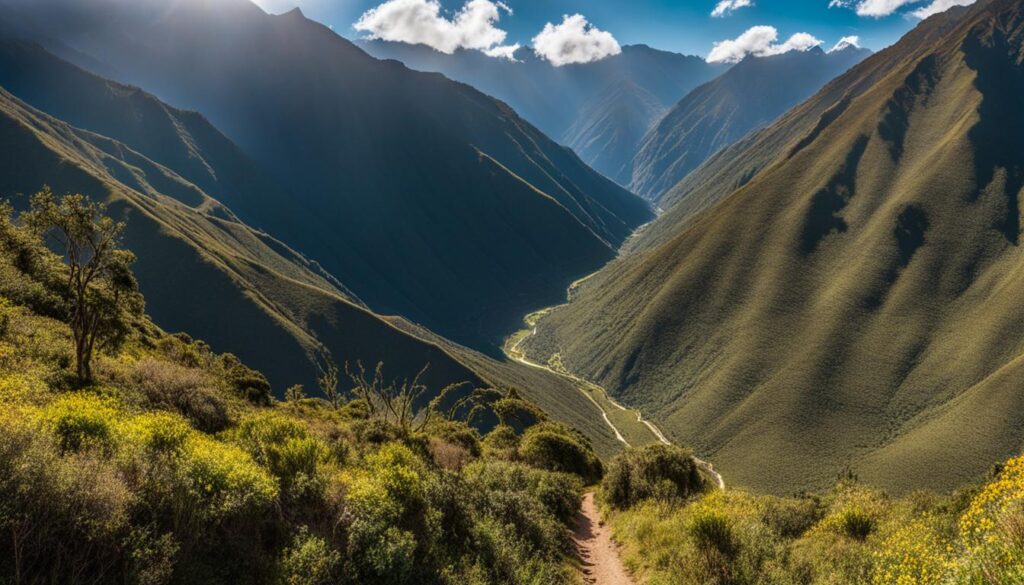
3. Ausangate Trek
The Ausangate Trek is a 6-day hike that takes you to the stunning Ausangate Mountain, one of the highest peaks in the Andes. Along the way, you’ll encounter vibrant turquoise lakes, glaciers, and hot springs, as well as the traditional communities of the Q’eros people.
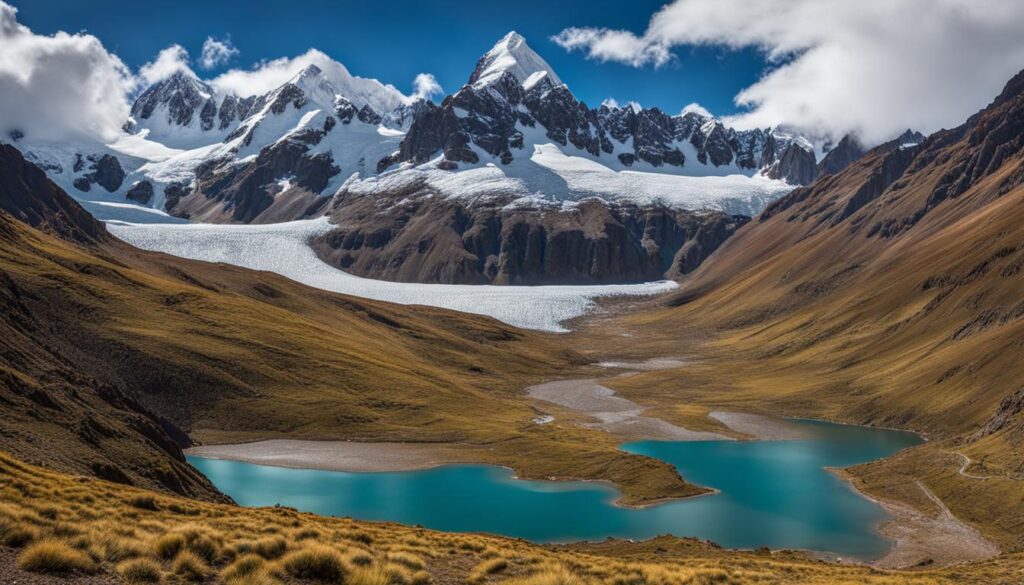
These are just a few examples of the many alternative treks available in the Andes. Whether you’re seeking a challenging adventure or a more laid-back hike, there’s something for everyone in this breathtaking region.
Conclusion
In conclusion, experiencing a Peru Machu Picchu holiday is a journey that every traveller should embark on. With our ultimate Machu Picchu tour, you will have the unique opportunity to explore the stunning Incan ruins and immerse yourself in ancient culture. From the Inca Trail trek to taking the train, there are plenty of ways to reach Machu Picchu and discover the allure of this breathtaking destination.
Our sample Machu Picchu tour itinerary highlights the must-visit spots within the site, offering a glimpse of the incredible journey that awaits. While planning your Machu Picchu tour, consider tailor-made trips or choosing between small group tours or independent travel. We also advise you on what to consider when booking Machu Picchu holidays and provide valuable tips for experiencing a high altitude trek.
Along with the citadel of Machu Picchu, there are other Peruvian wonders to explore, from vibrant cities to stunning landscapes. Immerse yourself in the rich cultural experience of Cusco and Aguas Calientes, the gateway towns to Machu Picchu. For the adventurous travellers seeking alternative routes, there are more hikes in the Andes that offer unique perspectives of the region.
As you discover the hidden secrets of this mesmerising destination, gain a deeper understanding of the fascinating history of the Incas. Delve into the historical significance of the site and take a closer look at the architectural wonders of the Machu Picchu citadel.
So what are you waiting for? Book your Machu Picchu tour today and experience the mysteries of the ancient Inca civilization for yourself.


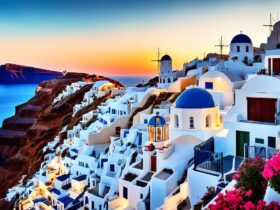
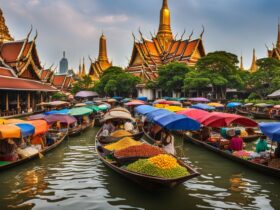
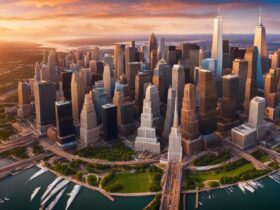
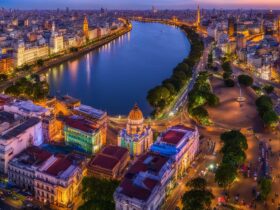
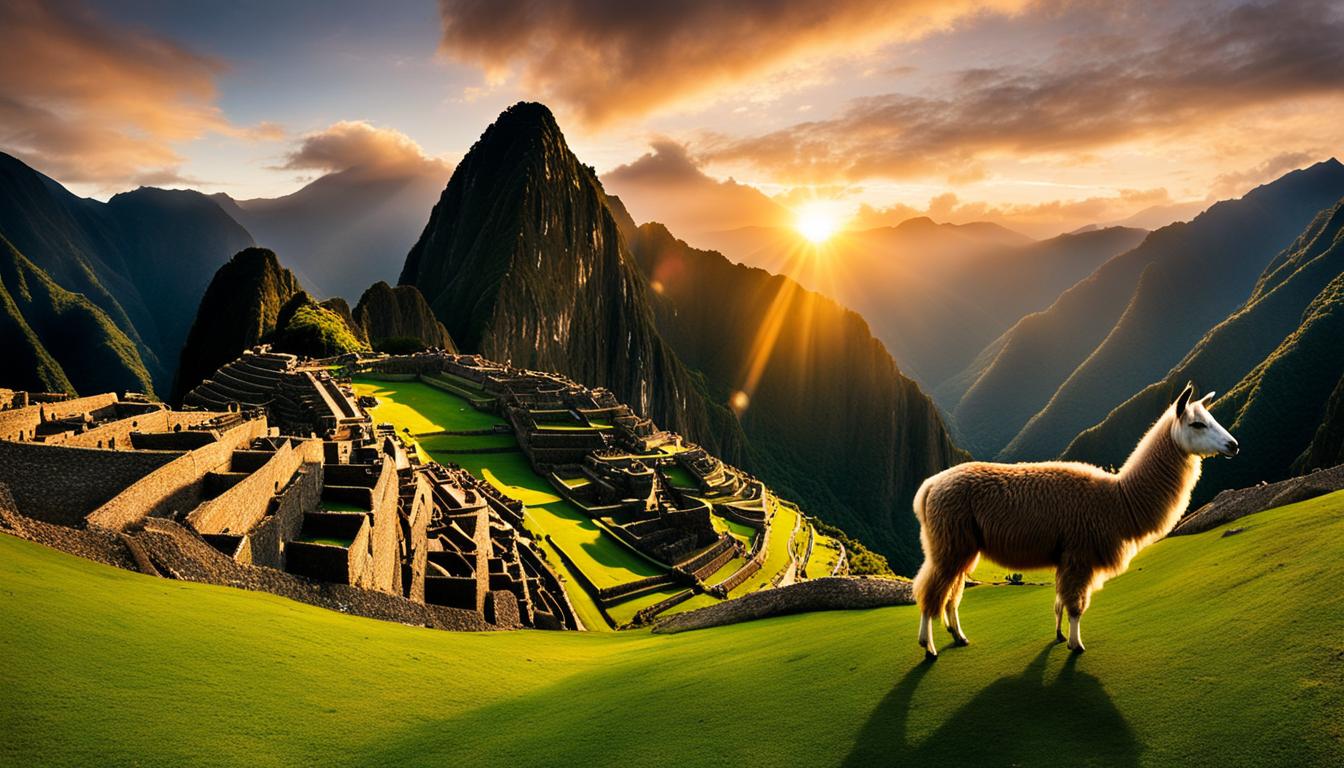

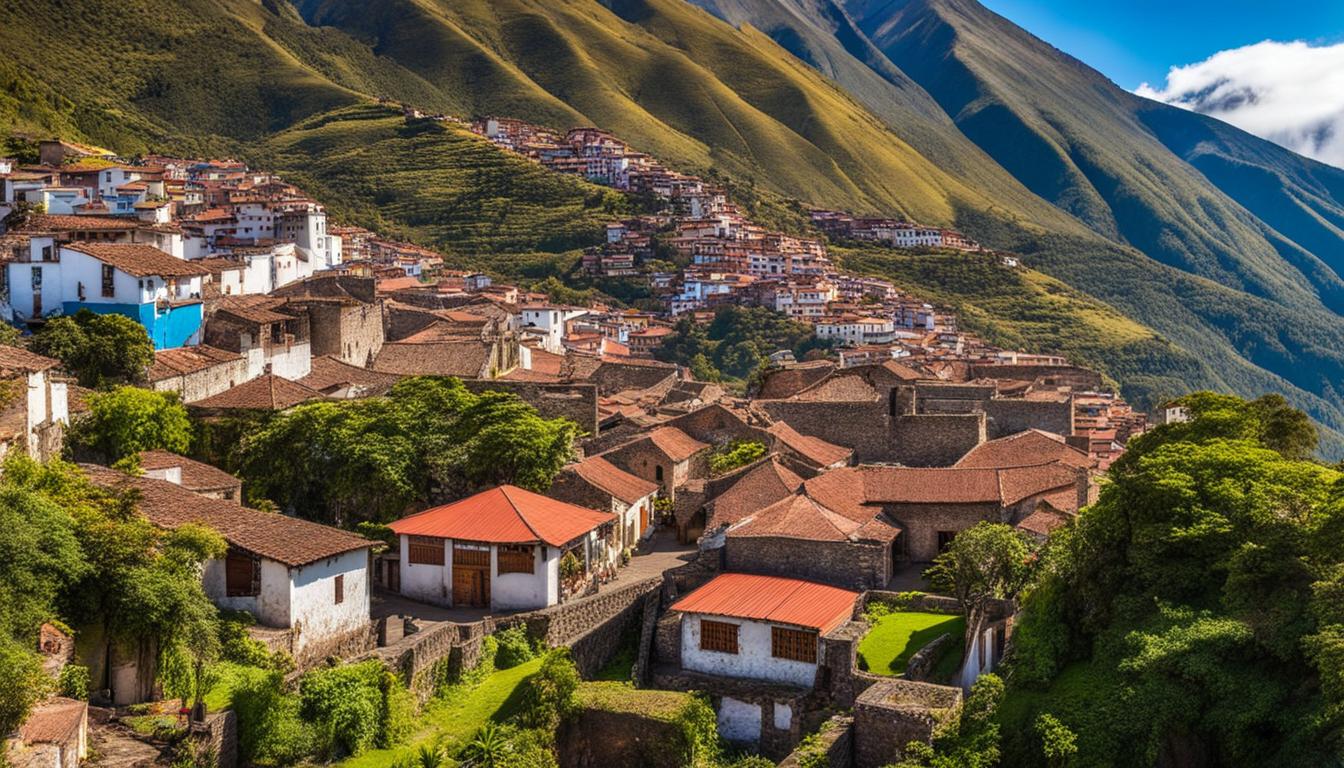

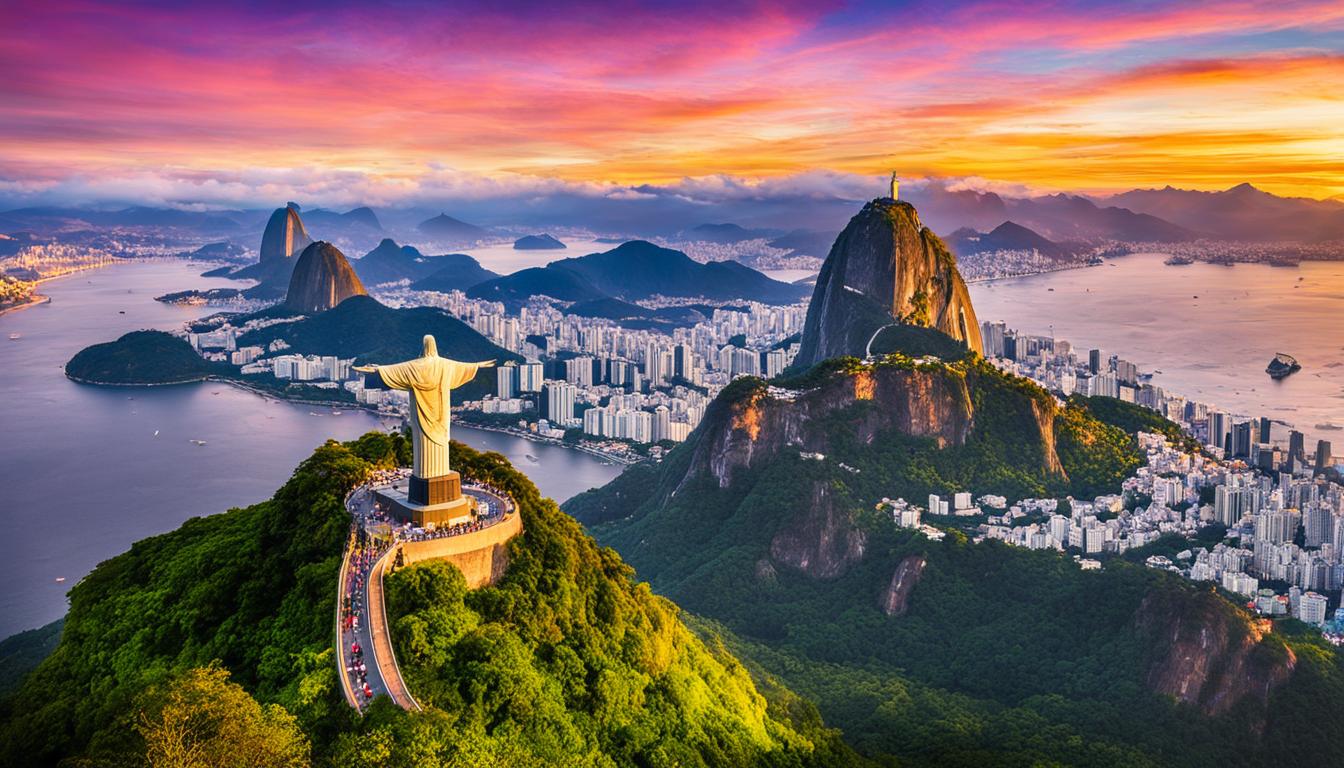
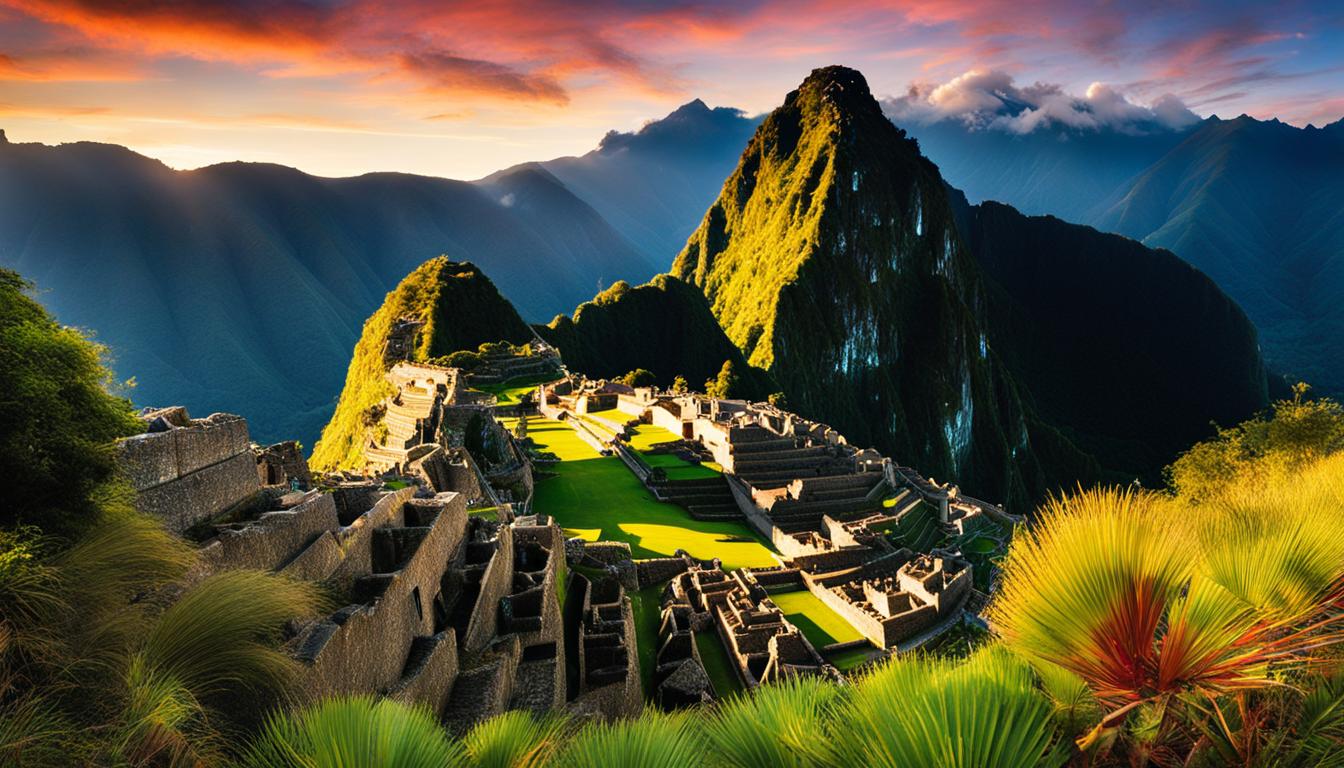
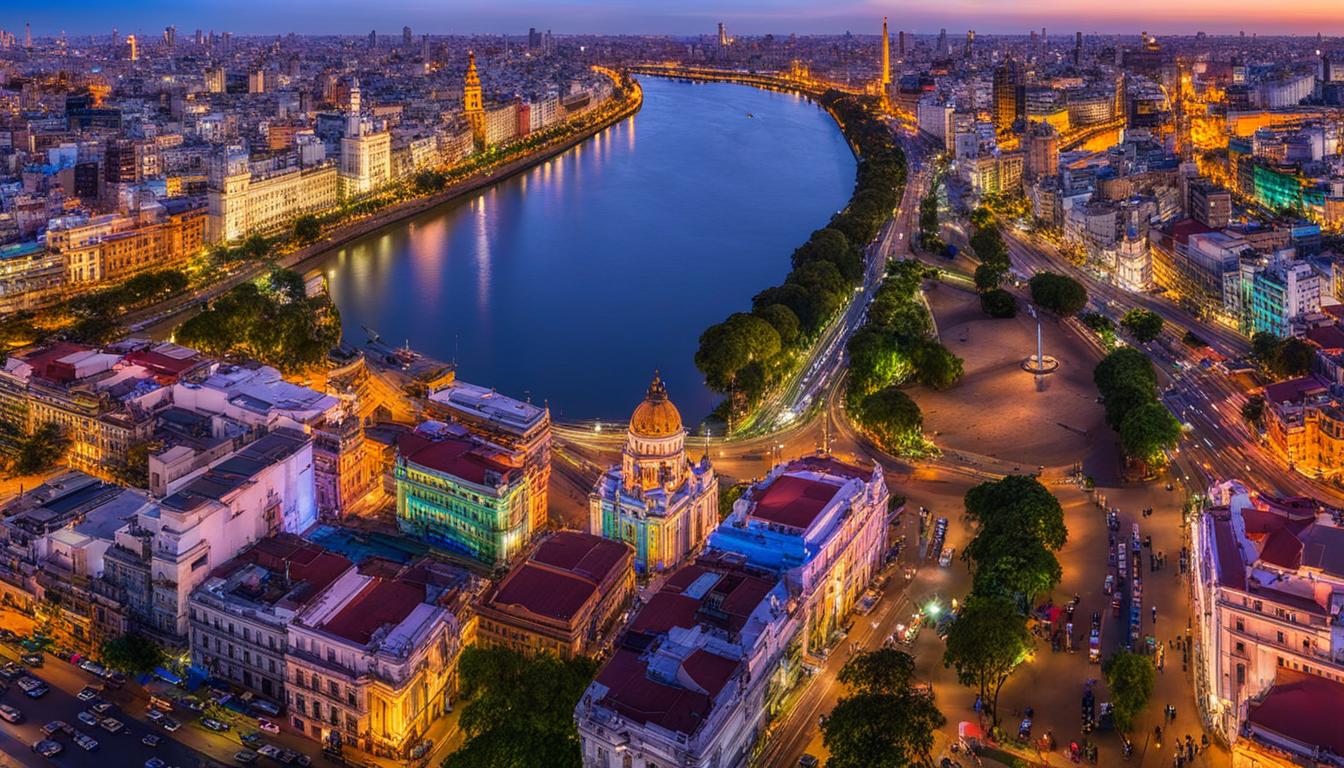
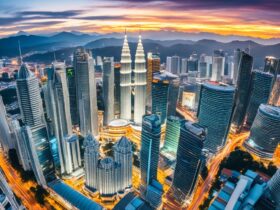
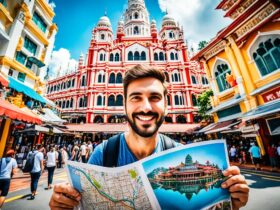

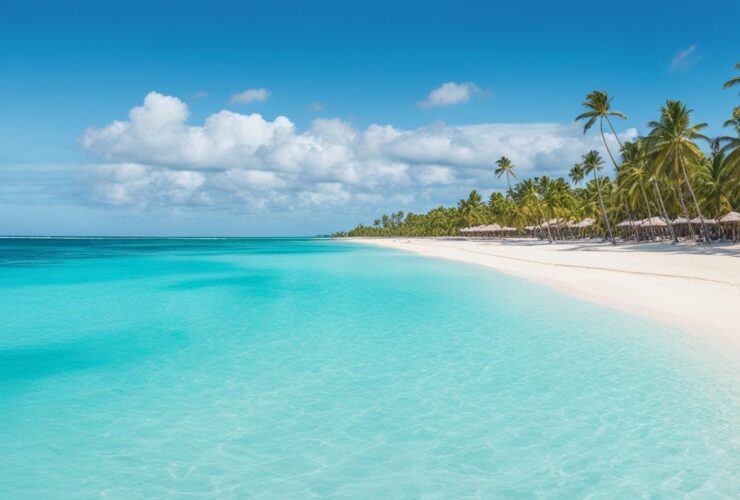
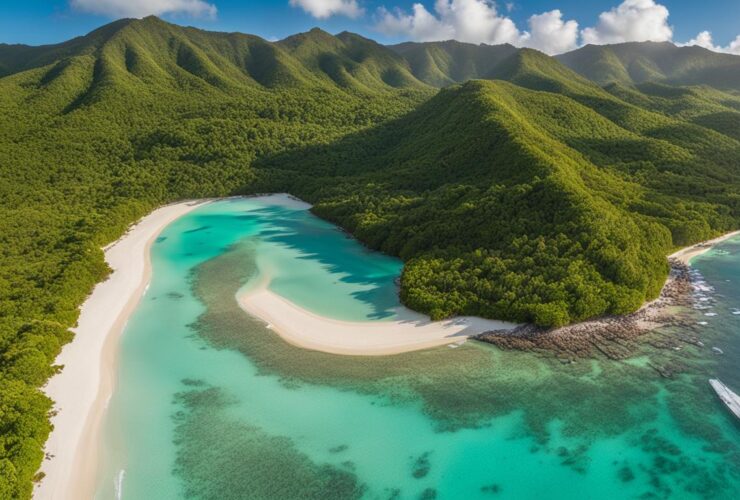
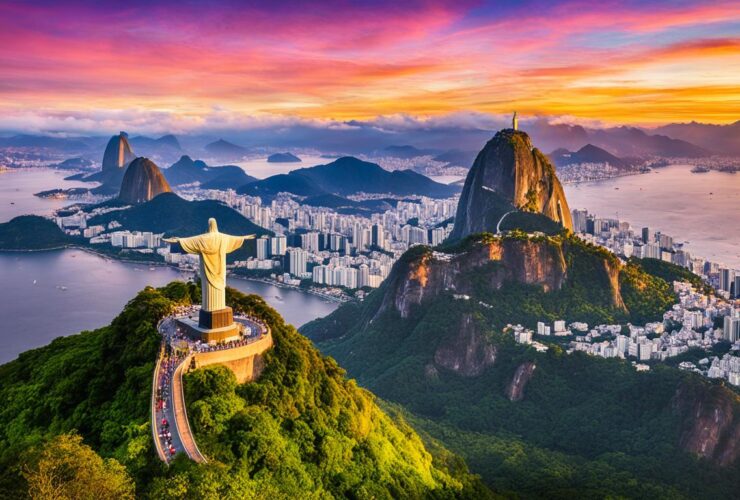
Leave a Reply
View Comments